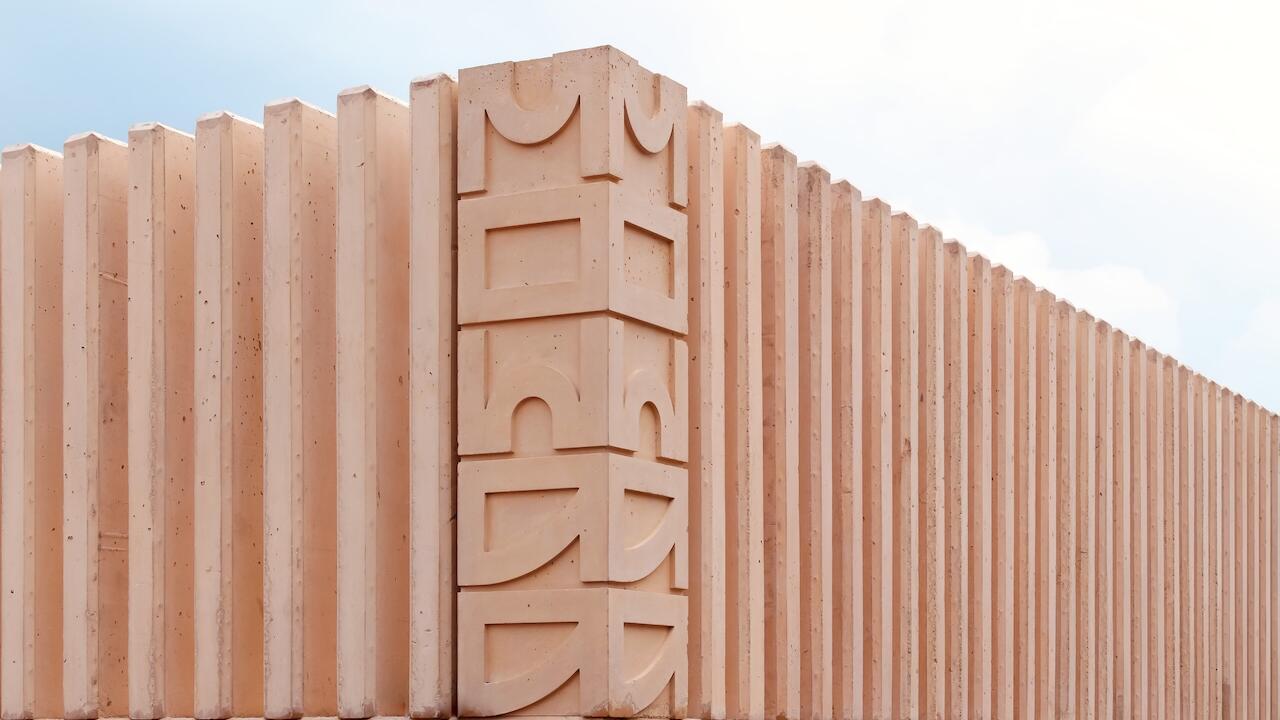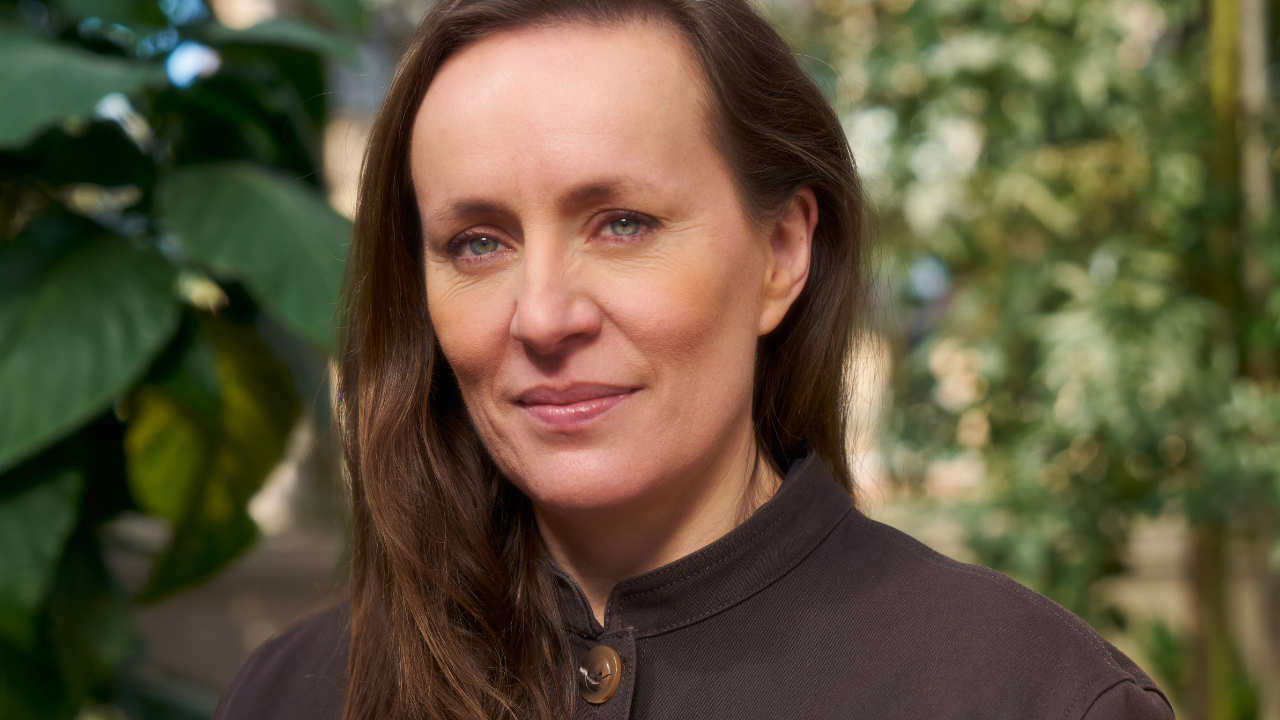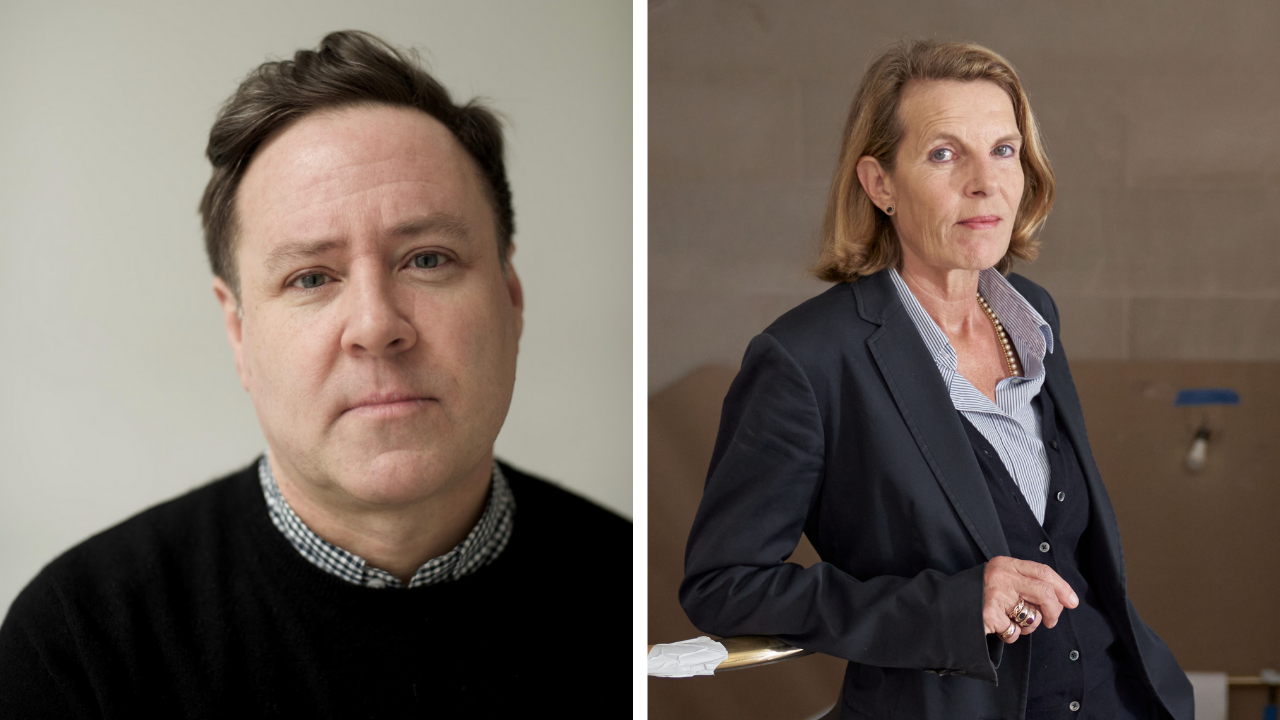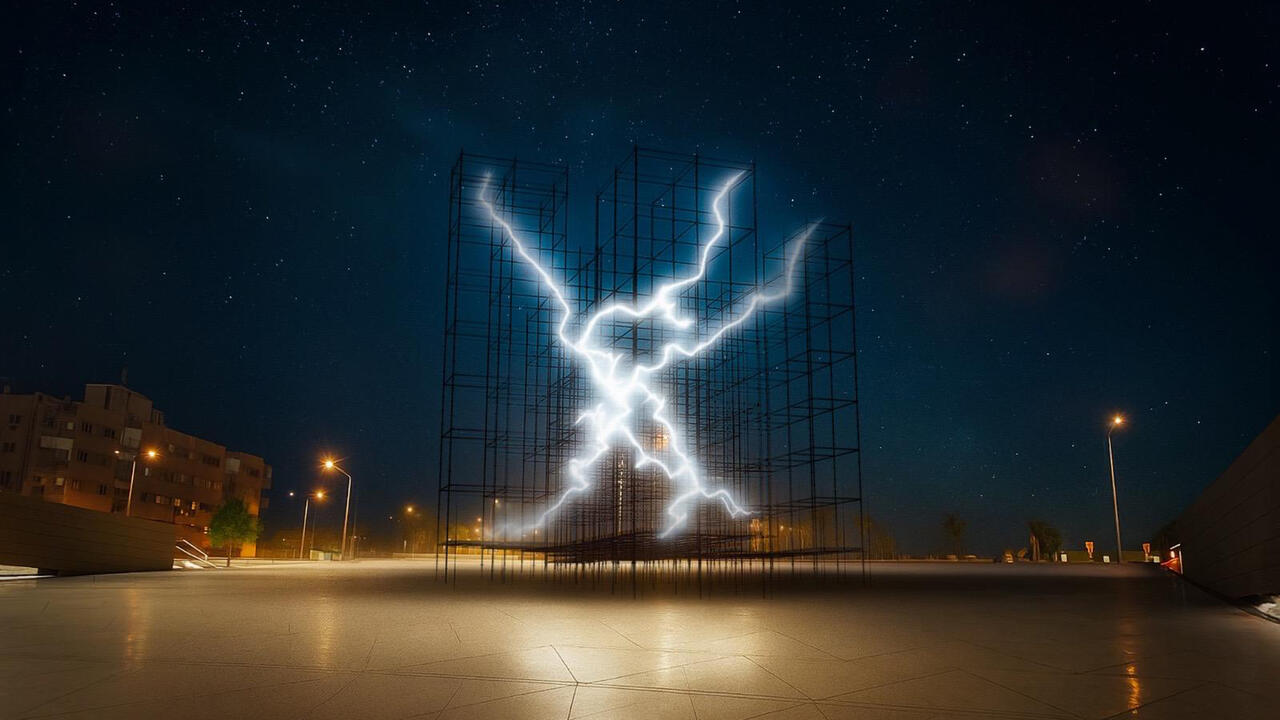On Paintings and Pictures
In conversation with Robert Ryman
In conversation with Robert Ryman

David Batchelor: What led you to describe your work as realist?
Robert Ryman: The two main procedures artists have used in painting are representation and abstraction. While abstraction has been used in many ways, the two procedures still employ a similar aesthetic, one which involves illusion. Even the most abstract painting uses a picture-based approach. The painting I make is based on a different approach. It has to do with using real light on real surfaces, rather than creating an internal illusion of light. If I use line in my work it is to do with line itself, not line as a representation of something else. I think of this as working with an outward aesthetic rather than with an inward one. I work with the painting plane in relation to the wall plane. Everything points to an approach which is a real situation rather than an illusion of the kind you get in pictures. I also have to consider the way light works. In most paintings we think of light in terms of an illusion within the picture. In my painting light is used differently without any illusion. The light in the painting, so to speak, is accomplished by the different surfaces and how real light acts upon those surfaces. In some cases the surfaces are very soft and quiet and absorb the light; in others, light is reflected off certain parts of the painting, or off the fasteners, while it is absorbed in other parts.
Many abstract painters in the past have classified their work as realist - Malevich and Mondrian for example - but yours seems a very different kind of approach from the one, say, that led Malevich to paint white on white. His work is clearly spatial in an atmospheric kind of way.
I think Malevich's work had a lot to do with Symbolism, to do with meaning outside the painting itself. Mondrian, though, was certainly a realist painter, more of a realist than Malevich. The mid-period works did not refer to anything other than painting, and that is what I would think of as realism.
Mondrian was also an artist who took a lot of care about how his paintings related to the walls, in his use of those shallow stepped frames.
Very much so. But most of his paintings have been altered, boxed in by other frames and covered in plastic. It's unfortunate, but it's rare to see a Mondrian the way he wanted it to be.
Do you see any similarities between what he was doing with the stepped frames and your use of fasteners?
Maybe, although I hadn't really thought of that. In Mondrian's case I think he felt the need for some form of protection for the canvas but he didn't want it to interfere. So he tended to paint it in with the rest of the painting.
You have exhibited more in Europe than the States. Do you identify more with a tradition of European painting?
Certainly I have had more large exhibitions in Europe, but I don't really think of my painting in that way. At times there has been more interest in Europe, and my painting didn't seem to fit in, I guess, with certain fashions in America at the time. In the early 60s Pop painting was shown most widely in galleries. There wasn't much interest in abstract painting during that time. It was mostly sculpture, and Minimal sculpture which was emerging. What painting there was was primarily bright colours and sharp edges. In the late 60s there was some interest in my painting, but this was mainly in Europe again - Konrad Fischer in Düsseldorf and Heiner Friedrich in Munich.
What about your inclusion in the big 'Systemic Painting' show in New York in 1966, with Noland, Stella, Mangold and others?
Oh yes, I had forgotten about that. That was at the Guggenheim, or the Whitney.
And the 'Anti-Illusion' show in 1969?
At that time there was some interest in that type of work, of course. But it was more to do with the kind of work that could be planned and not executed - what was it called? Conceptual art.
I take it you don't regard your work as having anything much to do with Conceptual art?
Not at all. Just the opposite. My work is very intuitive, and it has to be made. It's painting. But somehow some of my painting was accepted, perhaps because it had certain modular elements.
Your work doesn't look at all preconceived in the manner of Minimal and Conceptual art.
The idea that you could have your work fabricated by someone else was an aspect of Minimal and some Conceptual art of the period which became acceptable as modern art.
Which makes your work look, by comparison, like rather traditional painting. Are you happy to be seen as a traditional painter?
Yes. I have always thought of myself as a traditional painter.
I believe this is the first time your work has been hung chronologically in a gallery.
In the larger exhibitions I have had, the work has not been hung chronologically, rather the different years have been jumbled together. The exhibition here at the Tate is the first time I've seen the work arranged in a more or less chronological order. This has been quite interesting for me.
Basically my painting works with the wall plane and with the environment. As I said before, it has what I think of as an outward aesthetic. Unlike pictures where you look into the space, space in my work is used differently. There is an interaction between the painting and the wall plane. So what is placed next to a painting can affect it. In the past my paintings have been hung in a strictly visual capacity. There might be a contrast between a smaller work and a larger one where it benefits both paintings. The question of light is also important here. If you are hanging several different paintings together which react differently you want to take this into consideration so that each painting benefits from the one next to it.
It seems to me that you tend to counterpoint paintings - small and big, absorptive and reflective, solid and fragile. That is still the case in this show, isn't it?
There is still a certain leeway within a group of years so I was still able to use some of that.
You mentioned this is the first time you have seen your work hung chronologically. Did this reveal anything to you?
Well, there were a number of paintings I hadn't seen for years, so it was nice to see them again and to see them in the context of the more recent paintings. That was interesting. If this exhibition had been hung less chronologically, certain of the relationships between the paintings could have been made more clear. But overall the show has worked very well.
Does the variety in the way the show is hung indicate something about the way the work is made? Do you work small one day and big the next, or on steel then linen? Do you use any kind of systematic procedures?
No, as I said, there isn't any system and there isn't a plan in that sense. It's more intuitive. Maybe there is a particular problem I am trying to work out, or I may need to work on a larger format or a smaller one just depending on how things are at the moment. I can't really say much more than that.
This is going to sound like a dumb question, but was there a particular point at which you decided you were going to use primarily white paint, or did things just turn out that way?
There wasn't any conscious decision. Like all painters I began to experiment with form and colour. Early on I often used a lot of white to paint certain things out. I don't know exactly why I did that. As a few years went by this became more concentrated. The white, you might say, was beginning to take over. I could see that it was beginning to make little nuances and other colours more visible. It evolved.
In the earlier work the white looks more like overpainting. There are reds, ochres and other colours which are masked out but still visible.
It was a matter of making the surface very animated, giving it a lot of movement and activity. This was done not just with the brushwork and use of quite heavy paint, but with colour which was subtly creeping through the white.
It's clear from this show that you have never really made white paintings, so much as used white in painting. There are always other colours in the work, the colour of the support or the fasteners, as well as other relationships bet-ween textures, degrees of reflectivity and so on.
I don't think of my work as white paintings. There is a lot of white used, but the purpose is not to make white paintings. The painting would be quite different if that was my aim. There's only one work about which you could say that it is a single colour painting and that's the orange one.
As for the surfaces, they depend on the kind of support I'm using. If I'm working on aluminium which reflects light or has what I call light movement, perhaps I will counter it with a soft surface which absorbs light. I do tend to use these types of opposites.
After making some steel paintings in 1967 which were very heavy, I was looking for something light and thin. This is when I began to use the brown corrugated paper which has very different properties. I painted these with a more reflective, shellac-type paint.
As well as the relationships between surface and support you have also mentioned the relationship between the painting and the wall it sits on. You seem to put a lot into mediating that relationship with your use of fittings and fasteners. How did you come to introduce this as a visible part of the painting?
The first time I exhibited paintings with visible fasteners was in 1976. Since then I have used visible fasteners in one way or another. They have taken many forms. Sometimes the paint plane is fastened directly through the surface. Other times it sits on the wall plane and is held by some exterior means. Sometimes I use the fasteners to move the canvases off the wall plane slightly. Curiously, when the structure of the paint plane is thicker, the more you move it away from the wall plane, the more clearly you see it as attached to the wall. With the very thin materials, they logically go very close to the wall.
How did this come about? Obviously all painters have to find ways of attaching their work to the wall, but generally these means remain hidden.
It was very simple. I was just thinking that most paintings are fastened to the wall invisibly because we aren't interested in that aspect of the work - they are pictures that we look into. You are not concerned with how it is fastened to the wall or with the wall itself for that matter. Since I was working with the wall plane and the paintings were not pictures, I felt, well, why not show that part of the work, why not let it become a part of the composition?
Was this a liberating experience?
Well, it opened up more possibilities of course. They are very much used as compositional elements. Later on it became even more directly compositional. It's always a question of 'where do I put these fasteners?' It seemed logical to put two at the top and two at the bottom, the way you would pin something to the wall. That's more or less the way I have always used them, two at the top and two at the bottom.
Do the titles of your work tie in with your type of realist approach?
These have no representational meaning, they are a means of identification. I have often taken the titles of the works from the names of the materials or the brushes or the supplier. I try to choose words which can't be associated with very much. I wouldn't title a painting 'Clouds' for instance. That would be really disastrous. They are more names than titles, a means of identification. I try to keep the word simple and familiar. It's a lot easier than using numbers.
Another rather traditional element which often crops up in your painting is your signature, both in the earliest works and right across the centre of a big structure from 1988.
I've used my name as a compositional device, and for its value as line. I often turn the name on its side to make it more abstract. In the 1988 painting it is a solution to a compositional problem. There is a bar across the centre of the painting, which is structural, but it needed to have some other reason for being there apart from the structural reason. It needed some movement across it. I couldn't put dots or something across it without getting too much into the manipulation of paint. I allowed myself to put my name across it because that was signing the painting. I go through these kinds of aesthetic problems; it was signing the work and it gave it compositional movement. I also raised the centre of the painting.
This show covers three decades of work. Are there any obvious nodal points for you where important changes of emphasis or direction have taken place, or is it all more of a flow from one thing to another?
It's pretty much a flow except around the mid-60s the paintings became more radical, you could say. That was when I made Adelphi, which included waxed paper and was fastened directly to the wall with masking tape. There were a number of paintings around 1966-69 in which I used very thin surfaces, and it was the beginning of the visible fasteners. In 1969-70 there were the corrugated panels which were more radical than the paintings from before 1965. It was during the mid-60s that I began to use different materials more.
The catalogue lists 31 different types of support and 25 different types of paint, over the years.
Could be. Over the years I have come to use a wider range of materials - plastics, fibreglass, metals - but I also continue to use canvas.
Are the surfaces as physically worked these days as in the 50s and early 60s?
Probably not, although some of the very recent work have been worked on over a series of months.
The catalogue essay also stresses the significance of music in your work.
Well, I tend to do that also. Music is a medium that people are more tuned to, so to speak, than painting. Vocal music, which is more popular, I see as more like representational painting, because it conveys meanings outside the music itself. Instrumental music, which is rather less popular perhaps, is more abstract, but still projects feeling and emotion. I think painting can project the same kind of sense as music, its just a different medium. I sometimes listen to music while I'm painting, as long as I'm not doing some technical measurement or something. Modern jazz mostly.
Have you looked at much recent painting in the States or elsewhere?
I haven't seen much recent painting. A lot of the younger artists seem to be doing more environmental constructions and kinds of social abstractions, I guess you could call them that. I haven't seen much painting I could get too excited about, although some of it is quite confident. I may be wrong but I always think there is not that much going on in painting at the moment. I thought the 'Gravity and Grace' show at the Hayward was quite interesting. If you didn't see the dates on some of the works from the 60s you might think they had been done by young artists right now.













